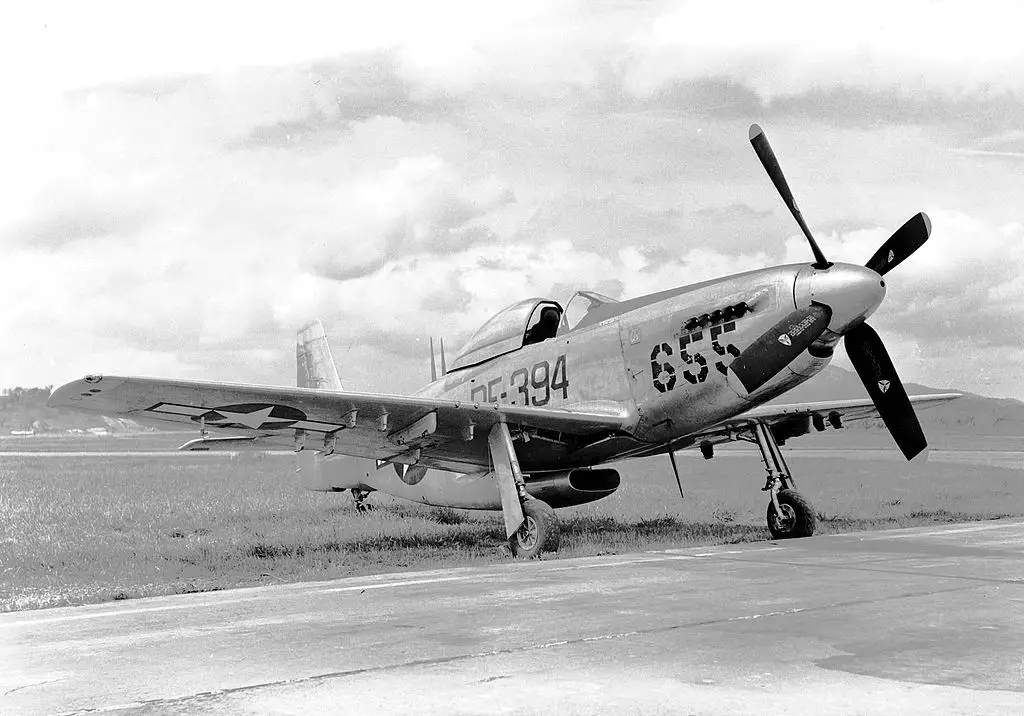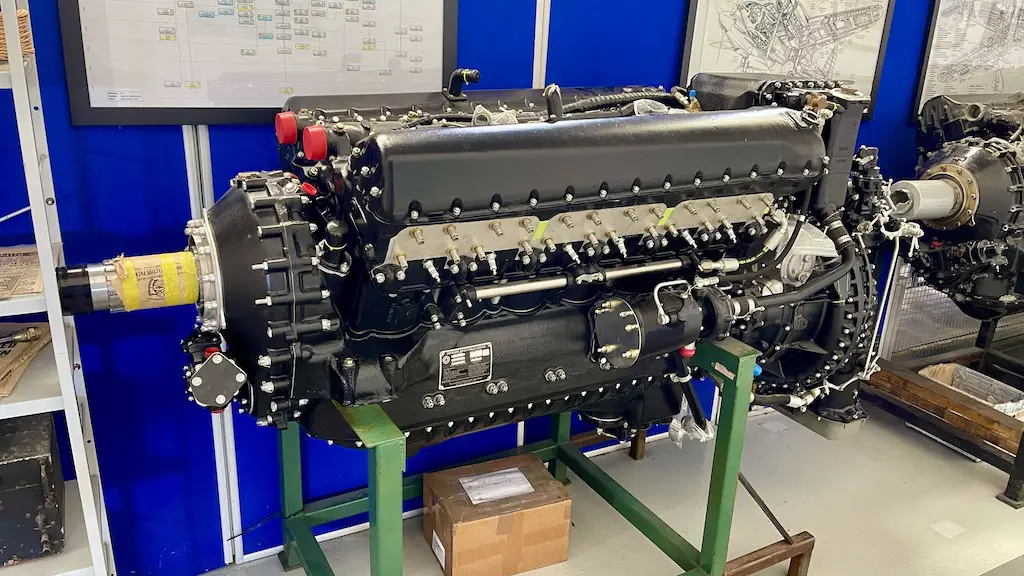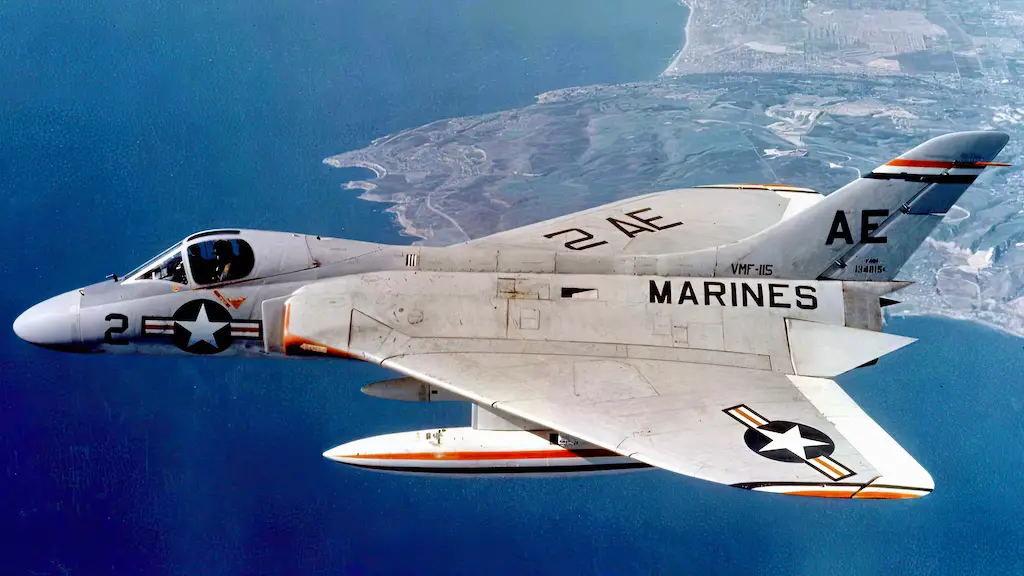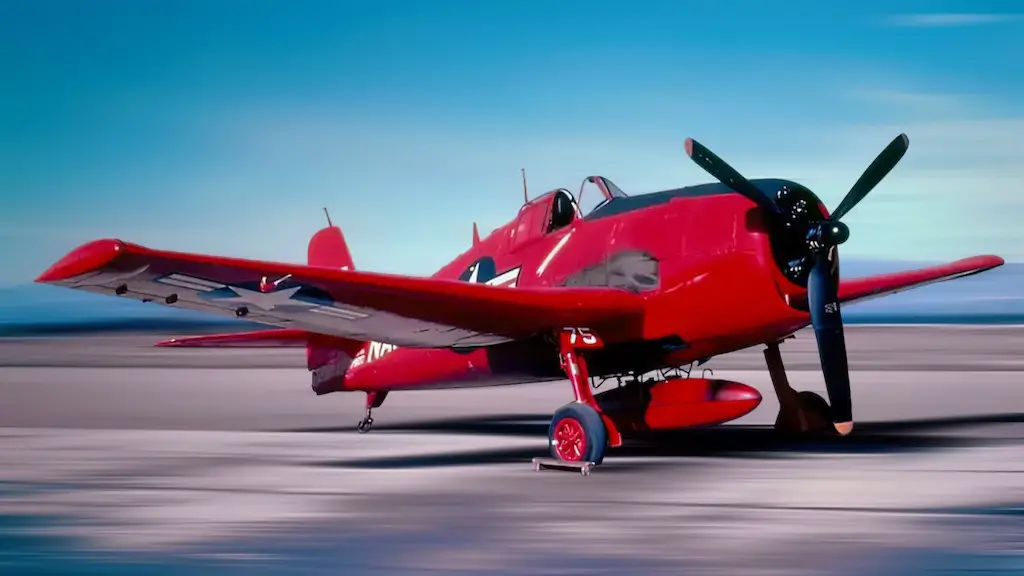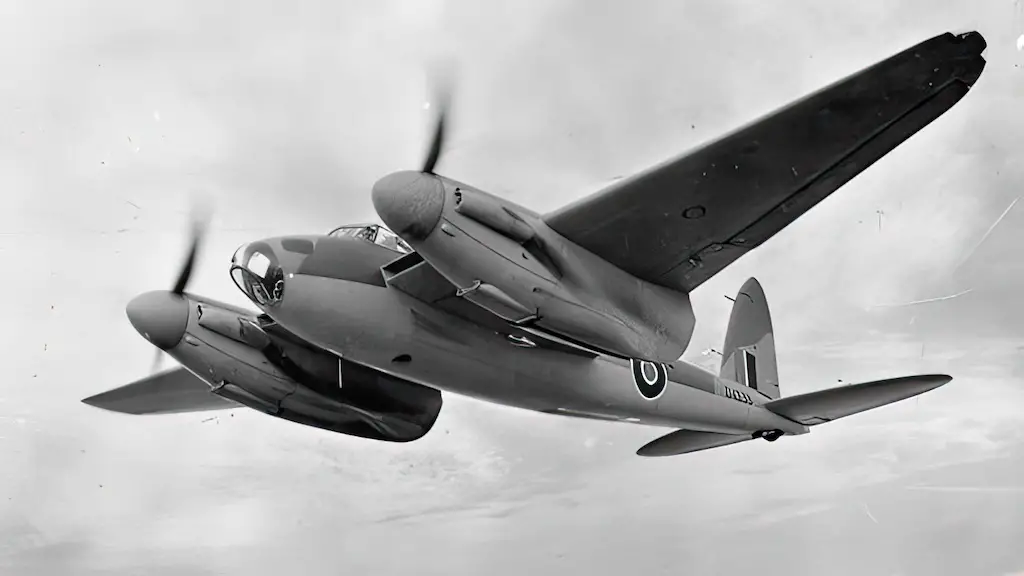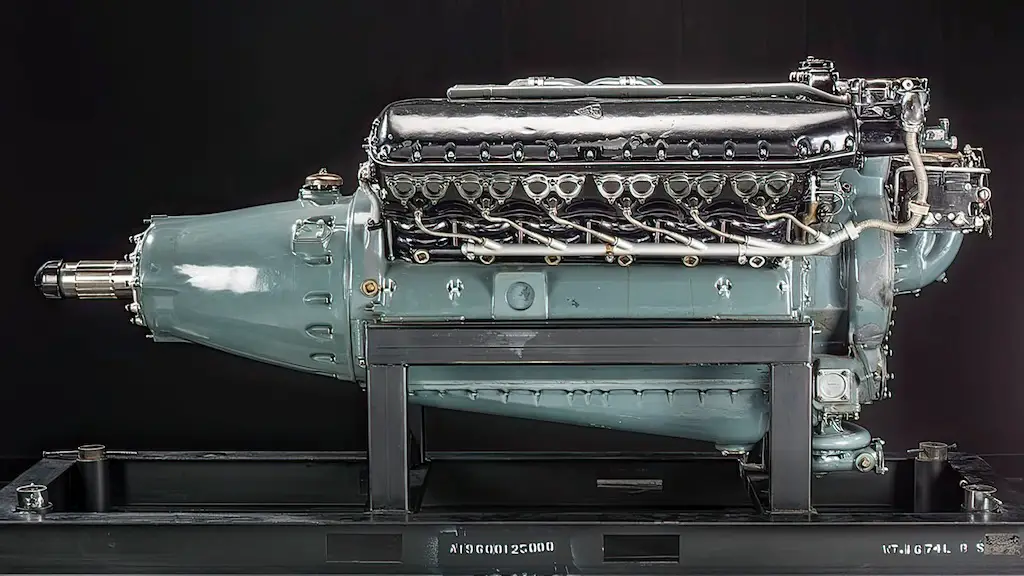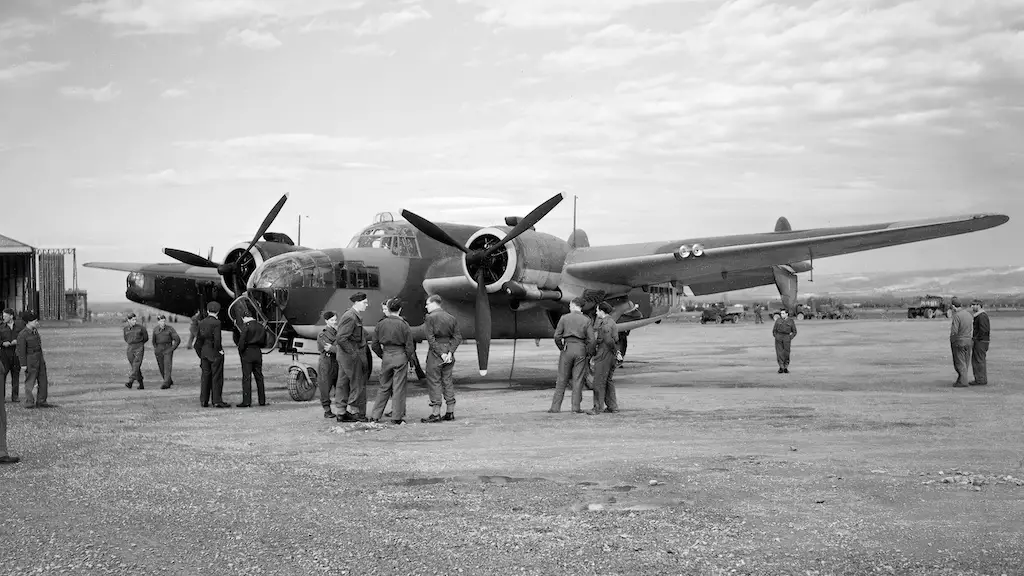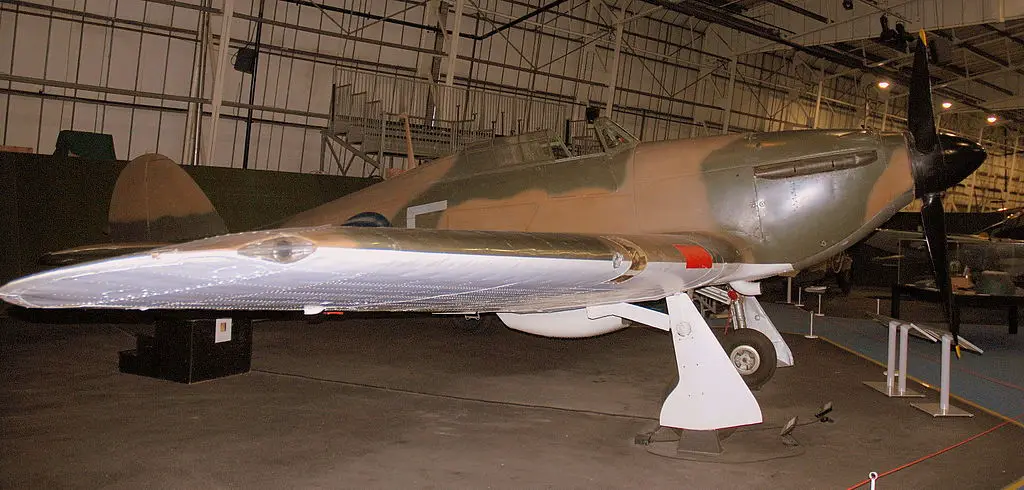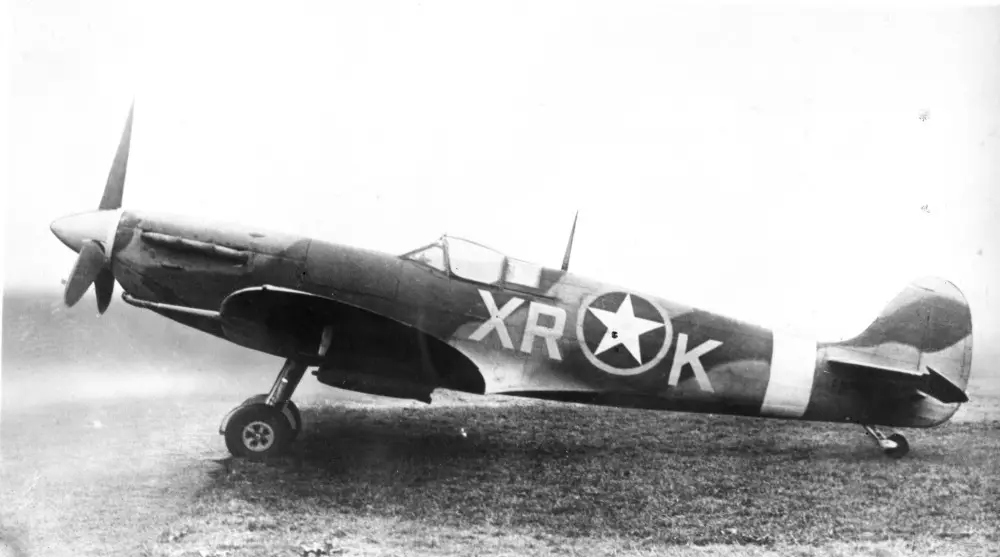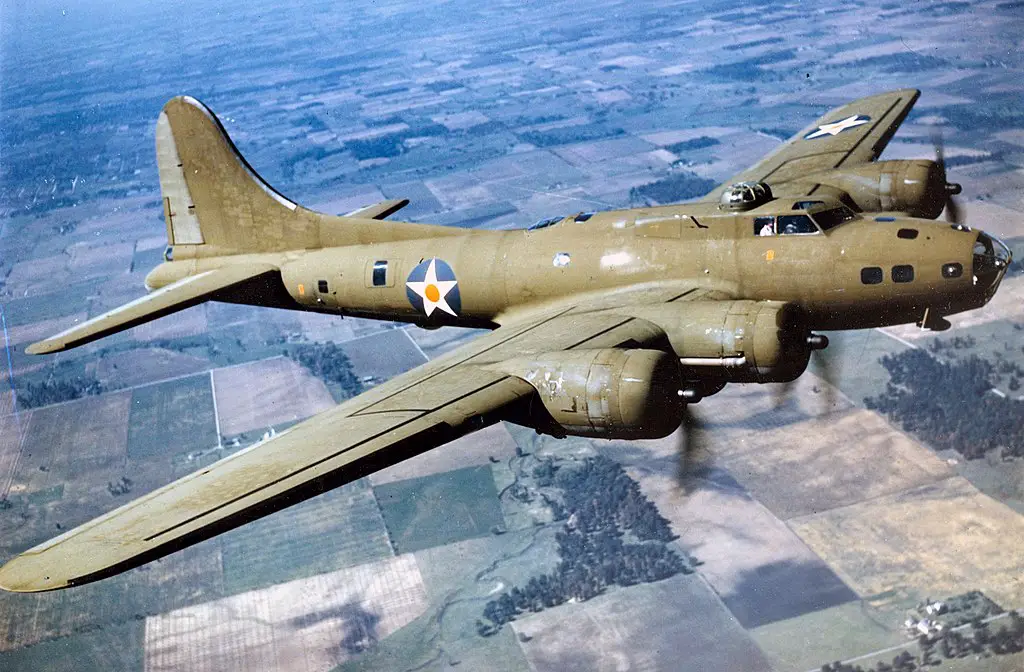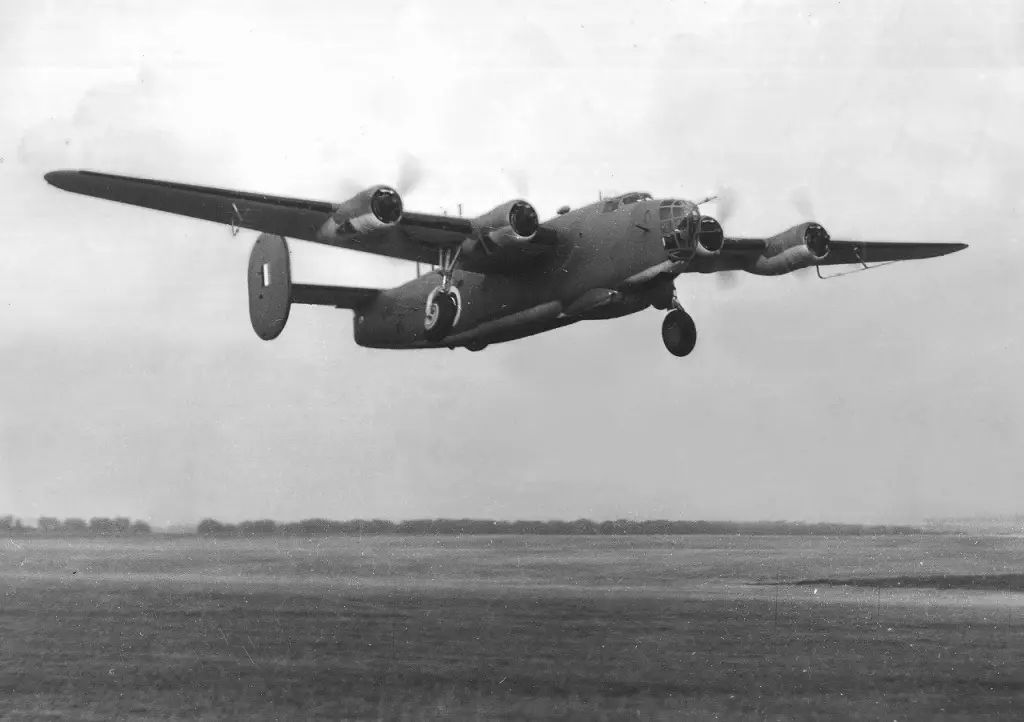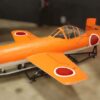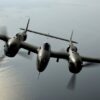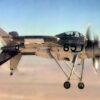Certain aircraft and their engines stand out as true marvels of engineering. Among these, the P-51 Mustang and its Rolls-Royce Packard Merlin engine hold a special place. The synergy between British ingenuity and American craftsmanship birthed a combination that played a pivotal role in shaping the outcome of World War II.
Origins of the Rolls-Royce Packard Merlin Engine:
The genesis of the Rolls-Royce Packard Merlin engine can be traced back to the early 1940s. At the time, the United States was eager to support the Allied war effort, and as part of the Lend-Lease program, British-designed aircraft and their engines were to be produced in the United States. The British Rolls-Royce Merlin engine, renowned for its performance in the Supermarine Spitfire and Hawker Hurricane, became the focal point of this collaboration.
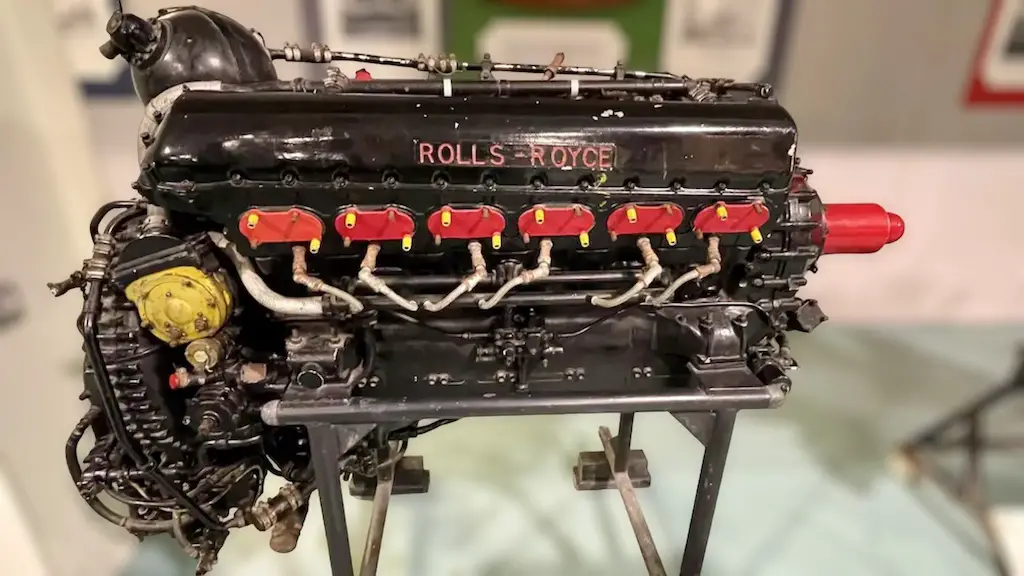
The Marriage of Excellence: Rolls-Royce and Packard:
The British-designed Merlin engine was to be manufactured in the United States by the Packard Motor Car Company, a luxury automobile manufacturer known for its commitment to precision and quality. The collaboration resulted in the birth of the Rolls-Royce Packard Merlin engine, a powerhouse that would go on to propel the P-51 Mustang to new heights, quite literally.
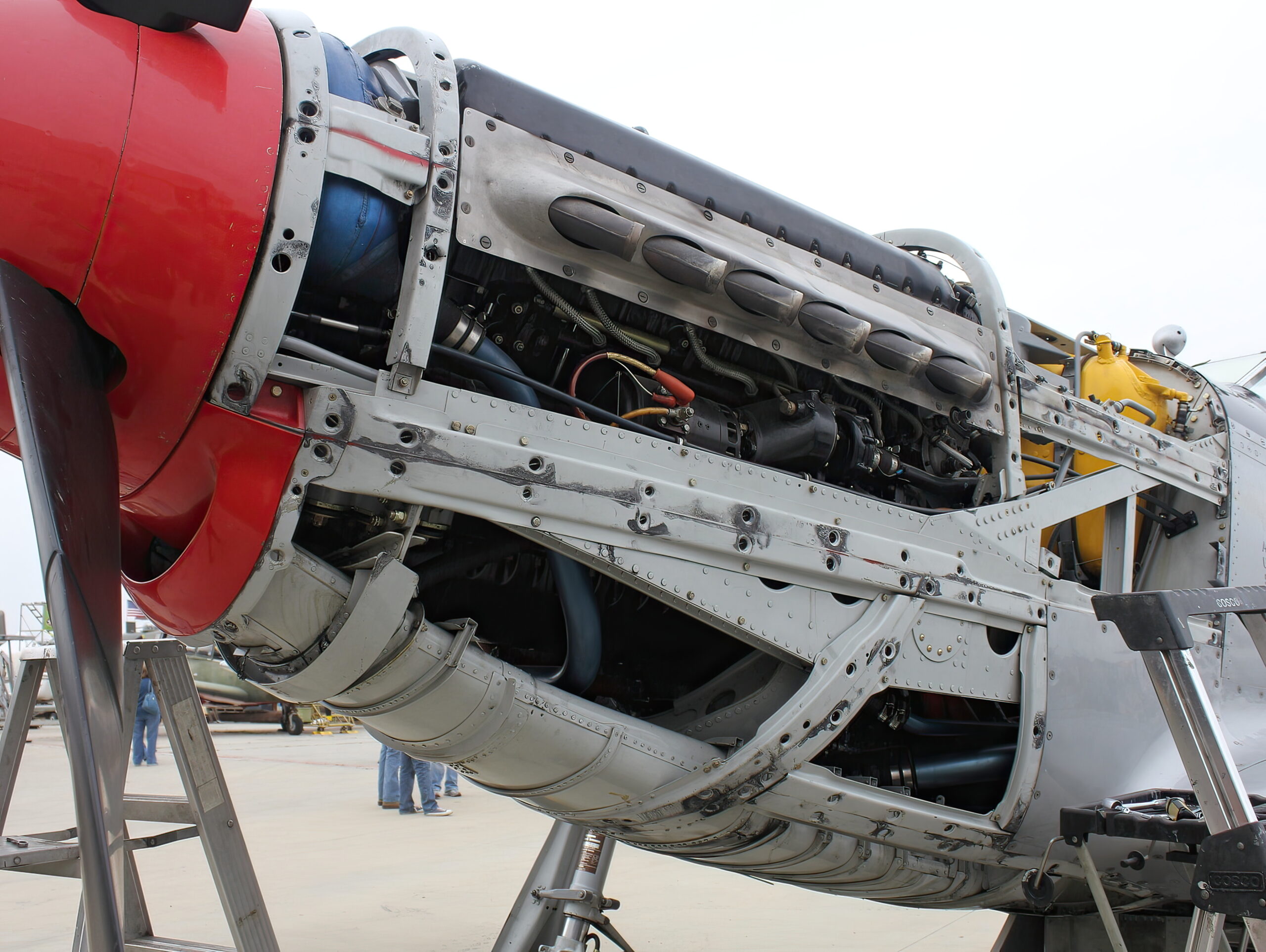
Key Features of the Rolls-Royce Packard Merlin Engine:
Superior Power and Performance: The heart of the P-51 Mustang, the Rolls-Royce Packard Merlin engine, delivered exceptional power and performance. With a displacement of 1,649 cubic inches and a two-speed, two-stage supercharger, this engine provided the Mustang with the capability to compete with and outperform its adversaries.
Versatility at Altitude: One of the defining features of the Rolls-Royce Packard Merlin engine was its ability to maintain high performance at high altitudes. This was a game-changer in aerial combat, allowing the P-51 Mustang to escort bombers deep into enemy territory and engage in dogfights with German fighters on more favorable terms.
Reliability and Durability: The Rolls-Royce Packard Merlin engine was not only powerful but also known for its reliability and durability. These qualities were crucial for the long-range missions undertaken by the P-51 Mustang. Pilots could trust that their engines would perform consistently even in the most demanding conditions.
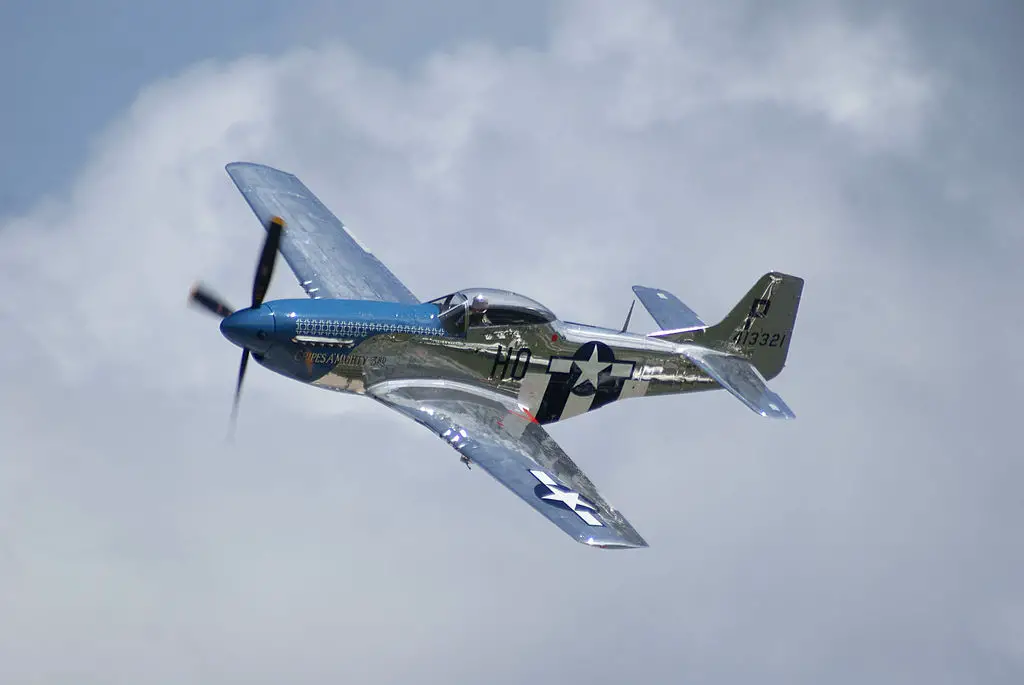
The Impact on the P-51 Mustang:
The integration of the Rolls-Royce Packard Merlin engine into the P-51 Mustang transformed an already formidable aircraft into a legendary fighter plane. The combination of speed, range, and firepower made the Mustang a force to be reckoned with in the skies over Europe.
Long-Range Escort Missions: With the Rolls-Royce Packard Merlin engine, the P-51 Mustang had the range to escort heavy bombers, such as the B-17 Flying Fortress and B-24 Liberator, all the way to their targets deep within enemy territory. This capability played a crucial role in gaining air superiority over Europe.
Aerial Dominance: The superior performance of the Rolls-Royce Packard Merlin engine gave the P-51 Mustang a significant advantage in dogfights. The Mustang could climb higher, fly faster, and outmaneuver many of its adversaries, establishing air superiority for the Allies.
Strategic Impact: The success of the P-51 Mustang, powered by the Rolls-Royce Packard Merlin engine, had a profound strategic impact on the course of World War II. The ability to control the skies over Europe contributed to the effectiveness of Allied bombing campaigns and played a pivotal role in the ultimate defeat of the Axis powers.
Triumph of technology
The Rolls-Royce Packard Merlin engine, with its British design and American craftsmanship, was a testament to the collaborative spirit that defined the Allied efforts in World War II. Its integration into the P-51 Mustang elevated both the aircraft and the engine to legendary status. The roar of the Rolls-Royce Packard Merlin engine overhead was a symphony of power and precision, a sound that echoed the triumph of technology and teamwork in the face of adversity.
